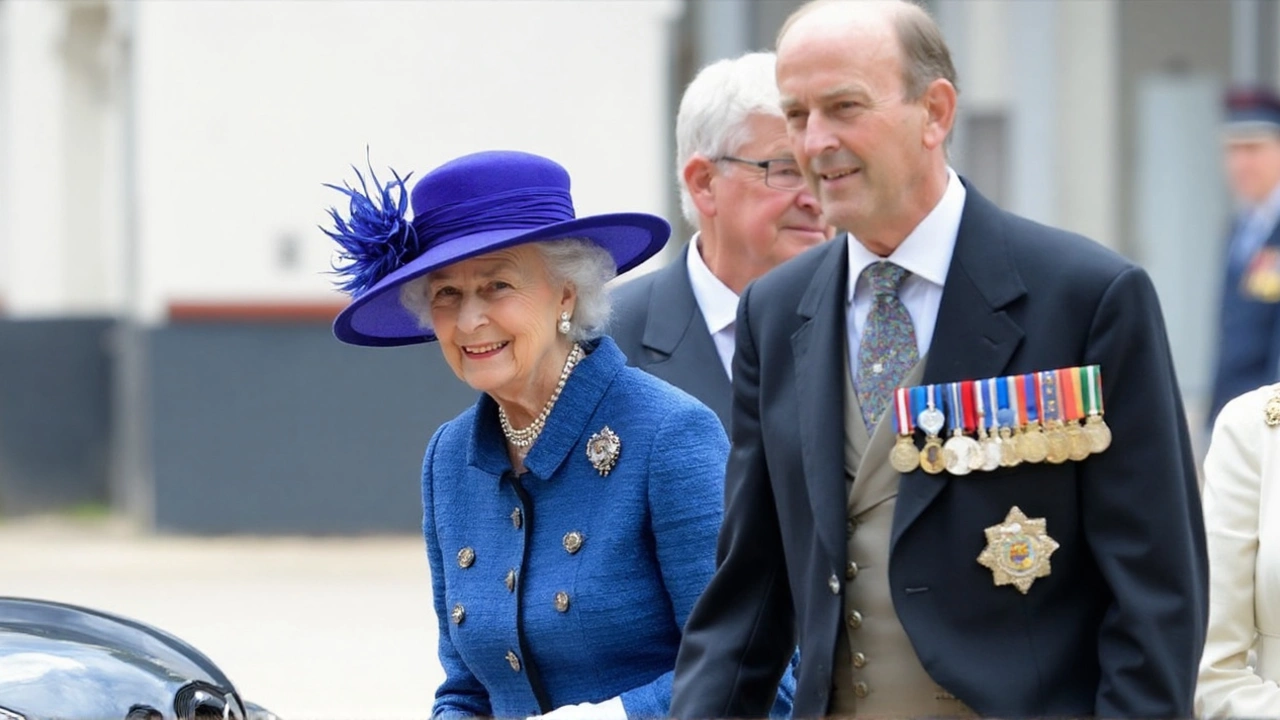British Royal Family
When talking about the British royal family, the collective of monarchs, heirs, and extended relatives who serve as the symbolic head of the United Kingdom. Also known as the Crown, it blends centuries‑old tradition with public duties that reach into every corner of British life.
The broader monarchy, as an institution, provides continuity, national identity, and a framework for ceremonial events. Its key attribute is the hereditary succession, where the throne passes through the Windsor family line, a name adopted in 1917 to reflect modern Britain. This lineage includes figures like King Charles III, Prince William, and Kate Middleton, each bringing personal interests that shape public perception.
One way the family stays relevant is through royal patronage. By lending their names to charities, sports clubs, and cultural events, they boost visibility and funding. For example, Prince William’s work with youth sports and mental‑health charities links the royal brand directly to grassroots football, while Princess Anne’s involvement with equestrian meets highlights the monarchy’s historic tie to horse racing.
These patronage roles often intersect with popular culture and media. The British royal family’s appearances on television, in documentaries, or during high‑profile tournaments generate global buzz. When a royal attends a Premier League match or an international golf event, the coverage spikes, showing how tradition and entertainment can coexist.
Beyond sport, the family’s influence touches music, fashion, and even culinary trends. A royal visit to a London gig can push a relatively unknown band into the charts, while a monarch’s choice of tea blend can drive sales for local producers. These ripple effects illustrate the monarchy’s soft power: subtle, yet measurable.
Understanding the British royal family also means recognizing its constitutional limits. While they perform many ceremonial duties—state openings, Trooping the Colour, and royal weddings—their political power is largely symbolic. This balance allows them to act as unifying figures without direct governance, which many modern monarchies emulate.
What you’ll find next
The articles below dive into how this historic institution connects with contemporary topics like sports, music, and legal tech. From analyses of royal patronage in golf to discussions about branding in the digital age, the collection gives you a practical glimpse of the British royal family’s ongoing relevance.
Duchess of Kent dies at 92: Buckingham Palace confirms
Posted by Zander Callaghan with 0 comment(s)
Katharine, Duchess of Kent, has died at 92, Buckingham Palace said. She passed away peacefully, surrounded by family. Known for stepping back from royal duties to teach music, she also chose to stop using her HRH title in 2002. A familiar face at Wimbledon for decades, she is survived by the Duke of Kent and their three children. Tributes from across the royal family praised her compassion and work with young people.
view more